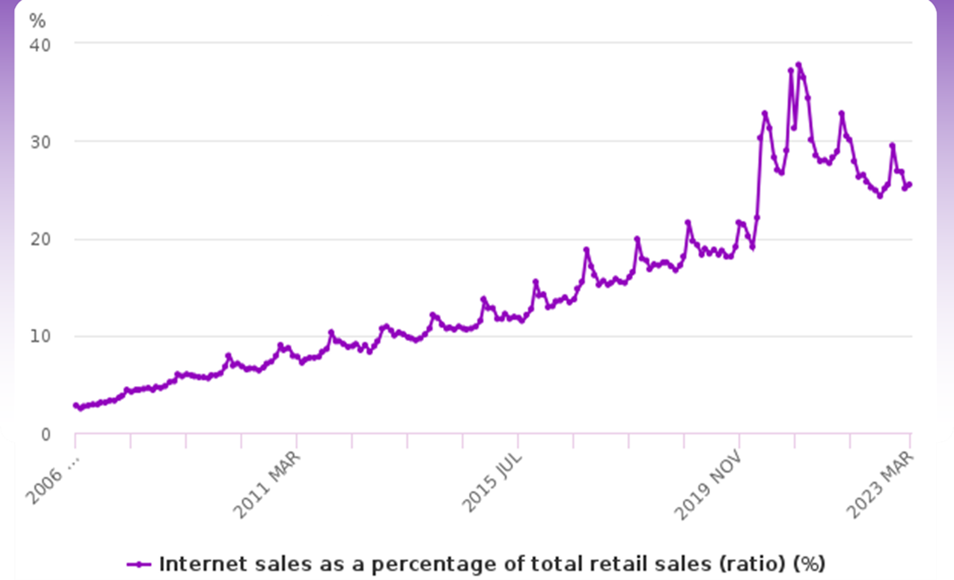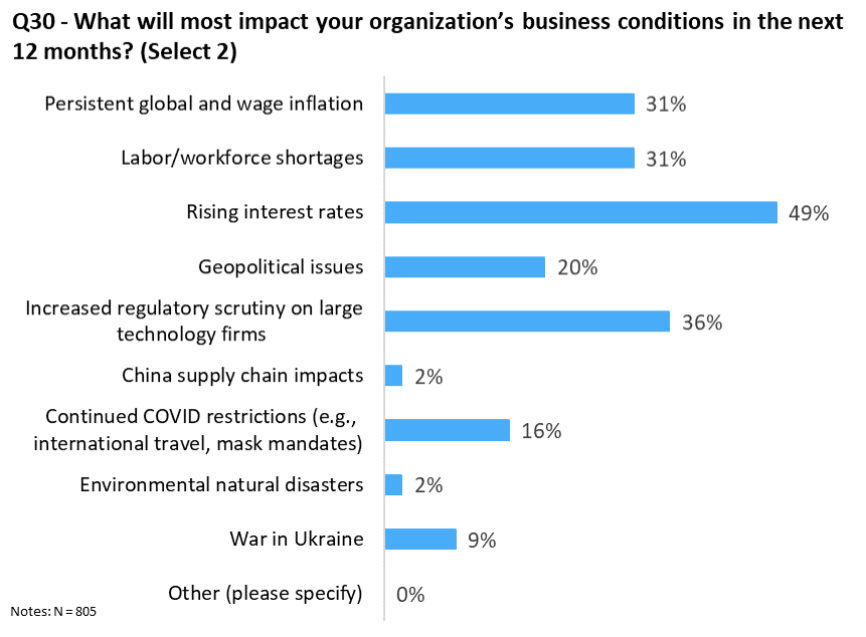State of play: 2023 so far
Each month, Philip Benton, Principal Fintech Analyst at Omdia, explores a new topic and assesses the “state of play”, providing an in-depth analysis and understanding of the market landscape.
This month, Philip takes an in-depth look at how the financial services sector has fared over 2023 so far.
It’s been an eventful year (to put it mildly), with the ongoing cost-of-living crisis, rising interest rates and high-profile bank collapses, so I thought I’d pause and reflect as I, like many folk, take a much-needed summer break.
What is the current state of play for the financial services sector and what can we expect for the remainder of 2023?
Let me talk about the broader tech industry first. At the end of the day, that’s the sector which financial services resides in.
According to Layoffs.fyi, there have been more than 220,000 job losses (at the time of writing) across the tech sector in 2023 thus far. To put this into context, there were 165,000 job losses across the whole of 2022.
I personally think the tech industry misjudged the pandemic in terms of appetite for digital adoption. Yes, it has grown, but not as fast as we thought. COVID created a false impression of the demand.
E-commerce (as a percentage of total retail sales) peaked at 38% in the UK at the start of 2021, but this has since reverted to 25% as of June 2023.

Source: Office of National Statistics
We’ve seen a significant and sudden readjustment to today’s reality rather than tomorrow’s promise. “We underestimated both the likelihood and impact of a broader slowdown,” was how Stripe CEO Patrick Collison put it in his email to staff at the end of last year when announcing the company was making 14% of its workforce redundant.
In 2023, the situation hasn’t got any better, as was observed in Omdia’s Horizons report, where we asked the financial services industry what will impact their business the most over the next 12 months. In last year’s survey, the impact of the war in Ukraine and the COVID-19 pandemic combined were put forward by 35% of respondents as a top impact on their business plans for 2022/23. However, 12 months on, the focus for 2023/24 has shifted toward the impact of macro headwinds.

Source: Omdia’s 2023 Horizons Report (financial services respondents only)
Interest rates in the UK are now 5.25%, the highest since 2008. Banks, after years of a zero-interest environment, are now having to take a balance between their lending rates, savings rates and delivering a return for shareholders. Neobanks, on the other hand, can react quickly and attract millions in deposits through responding more quickly to the Bank of England’s interest rate rises (they also have more modern tech which helps them to do it faster) as they have a much smaller loan book.
I think it’s unlikely that there will be another major digital banking run this year in the vein of Silicon Valley Bank or Signature Bank, but the speed that new players can rack up deposits is staggering, with Apple Card attracting more than $10 billion in deposits in four months after launching its savings account in April 2023.
Reasons to be cheerful: AI, open banking and the evolution of credit
Artificial intelligence (AI) and specifically generative AI is without doubt the most talked about technology trend in 2023. The hype is beginning to subside and that makes me strangely feel more optimistic about its potential for the FS sector, especially as the conversation has shifted to the ethics and potential bias of AI.
Regulators are playing catch-up but they are making progress, with the European Union approving the first draft of its AI Act and the UK set to host the first ever Global AI Safety Summit in the autumn to agree on global standards in AI.
Although one of the benefits of AI will eventually be end-to-end automation, I think we are quite far from achieving that in financial services, as an element of friction remains a positive when it comes to managing money. However, AI as a co-pilot in the short term is going to be transformative for customer service, anti-fraud and product innovation.
I’m also feeling bullish on open banking, particularly regarding payments. I wrote at the start of 2023 how open banking payments was awaiting its first ‘hero’ use case. Unexpectedly, it appears to have arrived from the regulators with the first draft of PSD3 being published in June, which calls out issues such as API quality to advance open banking payments.
To see real progress in open banking, it requires the industry to collaborate, which was a call to action in a recent NatWest report reviewing the unmet potential of open banking. Beyond Europe, we are starting to see traction globally, with the US bringing in open banking regulation through the CFPB in 2024 and Australia rolling out its real-time payment network PayTo, which combined with open banking creates a multitude of new use cases (such as variable recurring payments and request to pay).
Finally, I’m optimistic about the future of credit. Buy now, pay later (BNPL) has received a lot of bad press, but it has reopened an important discussion about access to credit. Moving beyond BNPL for consumers, the BNPL concept is arguably better suited to, and more sustainable, in B2B applications. For B2B merchants and companies, there is a strong argument for a new approach to trade credit as start-ups like Hokodo, Billie and Tranch are demonstrating.
The emergence of BNPL has brought into question the relevance and accuracy of credit models and credit scores in existence today and highlighted that some consumers and businesses are unfairly rejected in their credit applications because of a lack of traditional credit history.
As well as the BNPL sector, which has brought a new perspective into the world of credit, there has been an emergence of new challengers in the credit card space that are utilising alternative data sources to offer credit to an untapped segment of the market, such as Pillar and Petal.
As we embrace a new world of open finance where data is more freely available, alternative data sources are going to be fundamental to unlocking new segments of the market and ensuring the future of credit is affordable, inclusive and accessible.
About the author
 Philip Benton is a Principal Fintech Analyst at Omdia and writes analysis on the issues driving technological change in financial services. Prior to Omdia, he led consumer trends research in retail and payments at strategic market research firm Euromonitor.
Philip Benton is a Principal Fintech Analyst at Omdia and writes analysis on the issues driving technological change in financial services. Prior to Omdia, he led consumer trends research in retail and payments at strategic market research firm Euromonitor.
In this column, Philip will discuss the technological implications and consumer expectations of the latest fintech trends.
You can find more of Philip’s views on fintech via LinkedIn or follow him on Twitter @bentonfintech.










































